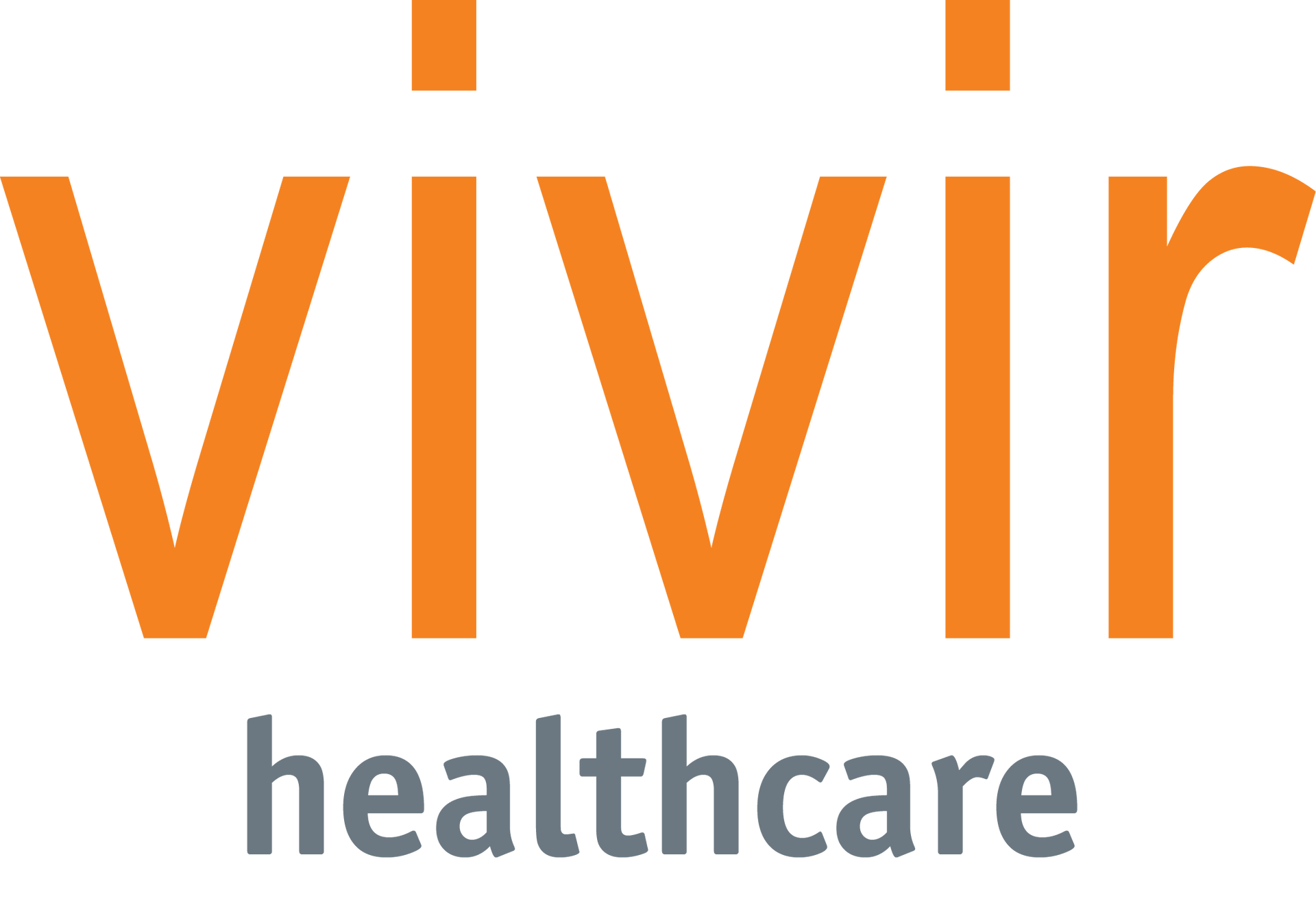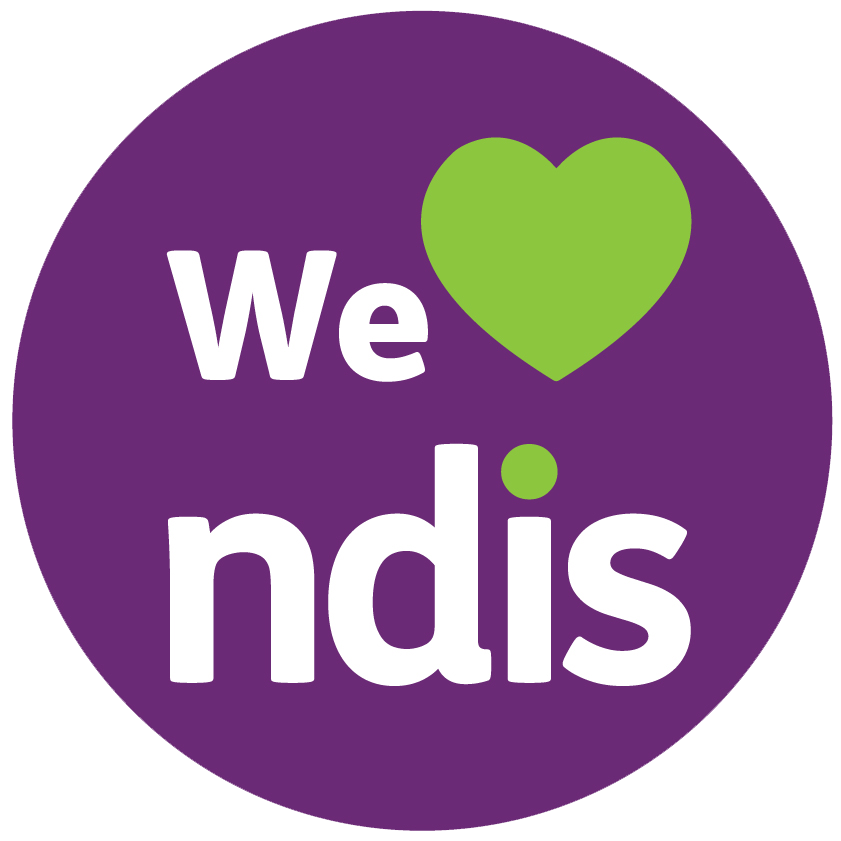Launching Our AN-ACC Funded Programs
Success Story: AN-ACC Restorative Programs
With the recent evolution in National Aged Care funding, the further implementation of exciting and long-awaited reform in the sector, and the launch of Vivir's new service lines being operationalised (since May 2022) and now ramping up across many states, we wanted to provide a progress update on how our workforce is managing this industry transformation.
The transition from ACFI to the new funding model, AN-ACC, has been a journey for many in our business, and so we also wanted to take an opportunity to celebrate this milestone in our business, the hard work from our team members who made these changes possible and the most importantly the results from all of this hard work. For us learning how we make lives better is what make it all worth it. So, without further ado, here is what our clinicians and clients had to say our best our new AN-ACC funded allied health programs...
The Clinician Experience
Find out directly from four of our team members, what it's like in the field with the rollout of our AN-ACC funded allied health programs. Here is what they had to say:
“Vivir's service lines are providing great care for residents across the nation. Our team can easily adapt our care and offering to residents and facility’s needs. No longer are we restricted by language or a definition of care. Instead, we can provide the right level of care to residents, as they need them.
I've worked at four different facilities each month, and each facility has had a different and unique offering, which makes my job more interesting and is better for the residents. It's an exciting time to be working in Aged Care.”
- Tyler, Canberra
“Aged care industry has transitioned to AN-ACC from ACFI this year which allows clinicians to deliver a more evidence-based and patient-centred approach to deal with their individual client's needs to improve the quality of life. As per my experience with residents in aged care they stated they find the new Wellness Program, which includes exercise group sessions and 1:1 session, more useful as they feel motivated with other residents during group exercises and encourage fellow residents. They socialise more often which is good for their mental well-being.
I work across multiple facilities and being able to change what we do for each resident at each facility is great.”
- Asiya, Perth
“As part of the 'Wellness Program' at Mercy Place, Fernhill, we have chosen to run group classes through a holistic approach. By implementing these group classes such as seated exercises, yoga & mindfulness classes and walking groups, our aim is to improve residents’ quality of life not only on a physical level but also on an emotional, social and cognitive level.
With our evidence-based mind & body interventions and pranayama practices (breathing exercises), active participants have reported increased relaxation, confidence, improved balance, posture and body awareness, which will also allow us to create effective outcomes in reduction of falls rates at Fernhill. Our structured group classes, gentle & mindful chair exercises and practices have been a unique opportunity to improve our residents’ emotional wellbeing, particularly after the Covid lockdowns in the last two years.
As Vivir Physiotherapy team, Han, Berna and Aravind, we are also so happy to learn that Fernhill residents have learnt so many practical techniques from our classes so they can incorporate those practices easily and effectively into their daily lives immediately after our group classes without the need of any equipment and in the comfort of a chair.”
- Berna Gungoren, Melbourne
“We transitioned into our Wellness Program from 1st October 2022.
Based on the individual, our care plans can focus on the residents' needs and goals and construct the sessions accordingly with evidence-based exercises and treatments. Residents specifically enjoy one-on-one outdoor walks with allied health team, and it has helped many residents to improve their balance and walking endurance. We can focus on education and correction of their gait pattern and posture to prevent falls and reduce pain. Our focus for non-ambulatory residents is to encourage them to do bedside exercises that help improve bed mobility and prevent the development of contractures.
Group exercise classes are fun-filled classes with evidence-based exercises, different each week depending upon the participants’ mobility and functional status. We offer and construct Parkinson’s specific coordination and balance exercise classes to prevent falls, improve balance and functions to be independent and be able to complete day-to-day tasks and improve quality of life. Evidence-based breathing exercises with “laughter wellness” at the end of each class make our classes unique. “Laughter wellness” brings joy, happiness, positivity on our residents’ faces, it improves their emotional wellbeing and helps to build a good relationship with co-residents. These fun-filled sessions motivate the residents to attend consistently. Vivir clinicians have established a meaningful connection with residents and are truly able to “make lives better” through our ongoing exercise classes.
Vivir Healthcare Support, Operations and Managed Services teams have supported us throughout the process, provided us with the important and informative guidelines and made the transition smoother and easier for the clinical workforce so we could focus on our daily work and provide the best possible care for our residents. Vivir clinicians are having a lot of fun and enjoy conducting and running group exercise classes as well as one-on-one sessions.
We have developed professional and social skills through the unique challenges the Wellness Program provides. The AN-ACC transition has provided us with an opportunity for growth and professional development. We allied health professionals can now focus on any evidence-based practice not just therapeutic massage."
- Nupur, Melbourne
The Client Experience
Our Physiotherapist Nupur spoke to four residents, who wanted to provide specific feedback on their experiences to date. These four residents were previously serviced under the Pain Management model, and have now been receiving Wellness services or Group Exercise Therapy for the past six months under Vivir's new service lines. Here is what they had to say:
"The exercises give us the necessary movements to keep us going. Mentally keeps us alert as we do the movements by counting in 2s, 3s, 5s and so on… (20 by 2, 30 by 3, 50 by 5 and so on). At the end of the session my physiotherapist makes us all laugh in a variety of ways which makes us all very happy."
- Mrs F on Group Exercises
"The exercises helped me a lot. My body is different. I can move easily and have less pain than before. The laughter helps me relax after a good session of exercises."
- Mrs J on Wellness Program & Exercise Classes
"We find ourselves stiff but with warm-up exercises we feel our bones, muscles loosening and relaxing. The standing exercises are beneficial as it helps us to build strength and also confidence. Physio taught us exercises which we can practice daily so we become stronger day by day and gradually pain is manageable and exercises helps us to cope with the bad days."
- Mrs A on Wellness Program and Exercises
"One word – encapsulates it all. Excellence. Why? Before – not raise arms above shoulder. Now swing both round and round and round, Merry go round. Pain – both legs knees up gone. Quintessence of therapy, interact with teacher. 'Body and mind' mot follow the robot. Start with smiles end with joy. Don’t stun or reduce. Twice? 'Icing on the cake'."
- Mr R. on Wellness Program and Exercises
The successful rollout of these AN-ACC funded Restorative Programs is an exciting milestone for Vivir Healthcare. If you’re in aged care and are looking for allied health programs under this new funding model, then contact us at info@vivir.com.au or make an enquiry through our website.








